People often ask me to help them with Facebook marketing.
And it’s easy to understand why.
The social media giant boasts 1.94 billion monthly users, and it’s become one of the most powerful marketing platforms available today.
I’ve spent a ton of money on Facebook ads. I’ve seen the ROI.
Facebook Ads are the most popular way of selling on Facebook, followed by social sharing strategies.
But sometimes, my clients don’t want to talk about Facebook ads.
Everybody’s doing ads. What can we do that’s different?
For a while, I had no answer.
Sure, everybody does Facebook Ads, but there wasn’t much else to do on Facebook.
Ads, Facebook groups, and straight up social media marketing were pretty much the only ways of using Facebook for more engagement and conversions.
But then Facebook Messenger chatbots came along.
Chatbots are relatively new to Facebook, but they’re quickly gaining popularity. Brands like CNN and the Wall Street Journal are using them, and users are loving it.
I like this feature because you can create a mini sales funnel within the bot.
You can lead users straight to your checkout cart direct from Facebook. Doesn’t that sound cool?
You might think using a Facebook Messenger sequence is risky. Who knows if people will respond well to them? After all, these are just bots, right?
Well, with the techniques I’m about to show you, you’ll be able to create a sequence that feels human and converts like crazy.
So if you’re looking for a new way to approach Facebook sales, look no further.
Why Facebook Messenger bots?
If you’re not convinced that Facebook Messenger bots can help you, I totally understand.
You may be wondering what a bot looks like or how it behaves. So let’s take a look at what exactly a bot is, what it looks like, and why you may want to try one for yourself.
First, a definition. A Facebook Messenger bot is software that can communicate with users through Messenger.
Think of it like those automated questions and prompts you get asked on the phone when you call your bank. Except Messenger bots can be programmed to act a lot more like real people.
A bot looks more or less like this:
You’re probably thinking that it looks similar to a live chat box.
Indeed it does, and in fact, it serves the same purpose.
A Messenger bot is like automated live chat that you can pre-program to interact with your customers. The results is a hands-off way of converting users that actually works.
So Messenger bots are basically live chat. Why does that matter?
It matters because live chat has proven itself over and over again to be an awesome method of converting.
I’ve found that you can boost your conversions by as much as 45% using live chat. The average is about 40% when it comes to capturing leads.
Since Messenger bots are the same concept, you can get close to that 45% conversion rate!
And honestly, it wouldn’t surprise me if you got a higher rate than that.
The best part? If you program a great Messenger sequence, then the whole thing becomes totally automated.
You don’t need to do any more work. You can set it up once and let it do all of the hard work for you.
I bet you want a Facebook Messenger bot now, don’t you?
Lucky for you, they’re not too difficult to set up. I’ve walked through the process in a separate article.
The real work, though, is in creating the message sequence, and I’m going to show you exactly how to do that.
There are three important steps you need to keep in mind when creating a Messenger sequence. Let me break down each step for you.
1. Make your sequence responsive to needs
Earlier, I referenced the kind of automated questions and prompts that usually happen when you call your bank or other kinds of service providers.
You know what I’m talking about. Those are annoying, right?
Take a minute to ask yourself: Why are those robotic prompts so annoying?
Some people might say that they don’t sound human enough.
There’s definitely some truth to that, but I don’t think that’s the main reason.
Think about it this way. Do you often struggle when interacting with automated responses?
See, the main problem with pre-programmed customer service programs is that they don’t respond well to the user’s needs.
There’s almost always a convoluted process you have to go through to get the results you’re looking for.
People have even come up with complicated formulas for reaching human beings on the phone.
That’s because when you talk to a real person, you can have a much more straightforward and dynamic conversation.
You can easily address the problem and solve it.
You don’t have to ask certain questions that a machine will be able to process. You can say whatever you want.
That’s why live chat is so powerful, and that’s the kind of interaction you need to bring to your Messenger sequence.
The most popular way to do this is to minimize a number of decisions users have to make and actions they have to take.
You can do this by giving them preset options to choose from in the chatbot.
There are lots of bot building programs, like Chatfuel, that will let you do this.
The main advantage of this method is ease of use. Your user doesn’t have to worry about typing the wrong thing, and you don’t have to worry about losing people to that.
You’re telling the user exactly what to say.
This method is flexible and can be applied to a wide range of situations.
You can even turn a lengthy process into a short conversation with this technique.
Look at how this example narrows down a huge search with just two questions and six options:
This solves the problem that most automated messages present.
With a message sequence structure that gives users options, your bot can quickly learn what the user needs and then take steps to meet those needs.
This is Customer Service 101, but for some reason, it gets ignored when building chat programs.
An important point here is to make sure your bot can scout out keywords and interpret variations in phrases.
Note how this chatbot conversation seems so natural:
That’s because the bot is able to detect words like “overloaded” and present an appropriate response. And it also understood “yeah” instead of a stricter “yes.”
Again, these are features you can build into the bot using your bot creator.
You might think these are small details, and they are, but they can make your bot experience a thousand times better.
The whole point is to respond well to your users. That should be the foundation of your Messenger sequence.
Now let’s look at how to implement this knowledge.
Think of a Messenger sequence as a flow chart or tree diagram. You ask a question and the user responds with one of several answers.
Each specific answer will branch off into specific possibilities. Of course, you want your customer to take a certain action (e.g., buy an item, sign up, etc.) in the end.
Your job is to figure out what they might say or ask. Account for as many possibilities as you can.
Then write your messages based on those possibilities. (It’s always better to err on the side of more than on the side of less.)
It’s helpful to create a tree diagram like the one above. It’ll aid in keeping track of your sequence so you don’t get confused.
Yes, it’s a lot of work.
But the result will be a smooth sequence of messages that doesn’t skip a beat.
2. Offer real help and value
It’s easy to think that chatbots can only answer general questions.
It’s also easy to think that chatbots are naturally inflexible and that they can’t help users in the same way a real human being can.
Both of these assumptions are untrue.
Obviously, chatbots are no replacement for actual people, but you can do a lot with them — more than you might think.
Chatbots can help users find very specific information:
We often make the mistake of thinking that bots can only do so much because they’re pre-programmed.
But that’s exactly why they can be so useful.
You can cover a lot of ground with a Messenger sequence. You can solve problems, generate leads, and get sales. (More on that a little later.)
However, there’s a big caveat: Messenger sequences will only work if you provide real help and value.
It’s like any other type of content marketing. Always add value.
If I dished up a barrage of words in this article, explained nothing, and provided useless gibberish, what would I accomplish?
Nothing.
The same thing is true with Messenger sequences. You have to add top-notch value.
You can’t offer vague suggestions or give everyone the same prompts.
Your chatbot has to anticipate your user’s needs and offer help based on each user’s unique situation.
It’s tempting to send boilerplate answers and reduce the amount of work you have to.
But guess what. That will only lead to a bad chatbot that no one likes. I know that’s a little blunt, but it’s the truth.
You need to have your users in mind first and foremost when creating a Messenger sequence.
Here’s the big secret: Base your messages off of hard data.
I’m talking about demographics and psychographics.
If you know your users well, you’ll be able to better gauge what they might be interested in.
And if your bot is programmed to give any suggestions or help, knowing your audience’s demographics and psychographics can help you target those suggestions.
That way, there’s a better chance you’ll get it right early on.
But enough theoretical talk. Let’s see how this might play out in the real world.
Take a look at this bot interaction:
Sure, you could take the keyword “brogues” and provide some generic suggestions.
But what if you referenced your demographics and psychographics first?
If you did, you could make even more precise suggestions based on factors like age and income. And that can lead to more sales (and faster).
That’s pretty powerful.
You can also leverage data straight from users to customize suggestions. Here’s a Messenger chat bot from Nordstrom:
What’s cool about this sequence is that it’s entirely based on data that the user is giving the bot directly.
But I’d bet the user-submitted data is mixing with data that Nordstrom already has on their audience.
Between the two types of data, the Nordstrom bot is able to deliver excellent suggestions.
Those are just two ways you can use data to make your message sequences better. You can even send out surveys or find other ways to get more information on your users.
3. Think outside the box
You might think Facebook Messenger sequences can only be used within Facebook for a limited number of uses, like getting sales.
While Facebook chatbots are still new, they’re by no means limited. There are several creative ways you can use them.
The first is getting sales through Facebook itself. That’s by far the most popular way to use Messenger bots.
But they have other useful applications.
For instance, you can start Messenger sequences on your website.
It looks like a regular old call-to-action, but you get the option to send the information to your Messenger.
I really like this approach because it combines the best parts about the persuasiveness of an on-site CTA and the convenience of social media.
If you already have an effective lead generation system in place, you can add your Messenger sequence to your site in a snap.
Another reason this works really well is that we’re accustomed to giving our email addresses when we visit sites.
But now, the information isn’t an email, but rather a Facebook account.
In many ways, that’s more powerful than email.
Email still offers advantages that nothing else does, but being able to reach someone directly and personally via Messenger has its own advantages.
Another way to use bots is for retargeting people who left your site. You can grab them with a friendly message or a discount right in Messenger.
This won’t work for every business model, but it’s worth exploring.
Think creatively when it comes to retargeting. You want the customer to come back, so don’t push them away.
I always think of Seth Godin’s concept of permission marketing:
Being able to talk to someone on Messenger (and even start conversations) is a privilege, and for that you need permission.
So don’t be too salesy when you retarget. Focus on helping your users.
Yet another out-of-the-box idea is to use chatbots as lead qualification tools.
The concept is simple. You start the lead generation process with an automated sequence:
Then, once the user nears the end of the sequence, you can have the bot notify you.
Finally, you can hop on Messenger and turn it into live chat, closing the deal yourself.
Super smart, right?
These are all advanced applications that will take a bit more time and effort to set up, but they can generate some huge rewards if you follow through.
And they only scratch the surface of what you can do with Messenger bots. There’s a lot of potential left waiting to be explored.
Who knows — you could create the next breakthrough innovation in Facebook chatbots.
But wait…how do I build a bot?
You might be excited thinking about all of the possibilities that come with Facebook bots.
But you might not know how to make one.
There are tons of programs that will help you create bots without needing to know any code or other technical expertise.
Chatfuel, which I mentioned before, is a solid option.
It has all the bells and whistles you need, yet it’s not too complicated.
It’s also used by companies like Adidas, CBS News, and Uber.
ManyChat is another option with similar features and a slightly different interface.
ManyChat also supports live chat, so if you’re looking at using Messenger bots to qualify your leads, you may want to start here.
You really can’t go wrong with either of these options.
Conclusion
Messenger bots are still in their infancy, and there’s lots of room for growth.
We’ve only begun to explore what these sequences can really do.
It’s only a matter of time before better bot creators show up with added features that make lead generation and conversion even easier.
Facebook is a valuable platform, and the ability to create Messenger sequences is one of the most exciting things to happen to the site in a long time. (For marketers, at least.)
Will these replace ads? Not at all. But they’re an excellent complement to ads.
You can practically run an entire sales funnel on Facebook alone. Someone might find your company through an ad, interact through Messenger, and then make a purchase.
Facebook isn’t going to stop growing anytime soon. It’s growing at a steady rate, and more and more people are joining the site.
That means you have access to an expanding audience to market to, and it won’t cost you a fortune.
I don’t know about you, but I’m excited about the future of chatbots.
What are some tips you have for creating a Facebook messenger sequence?
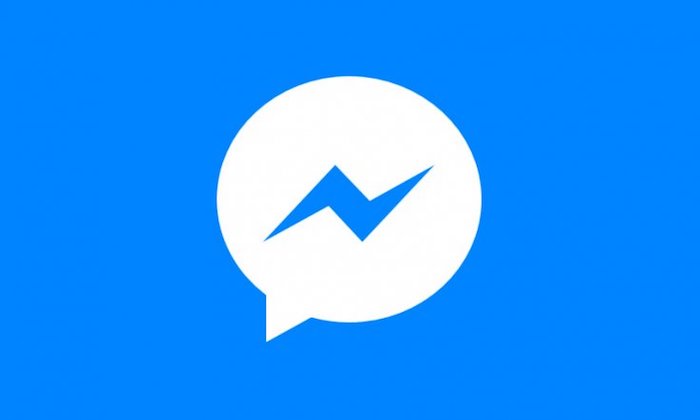
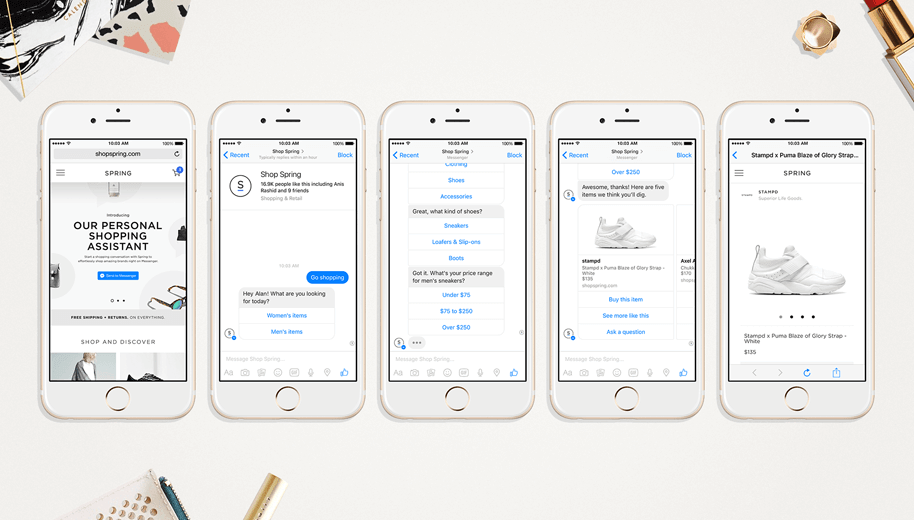
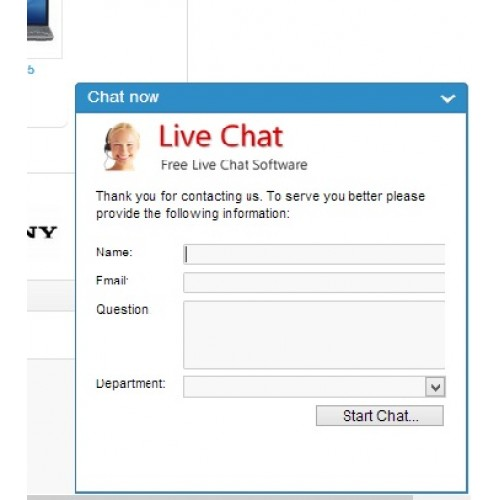
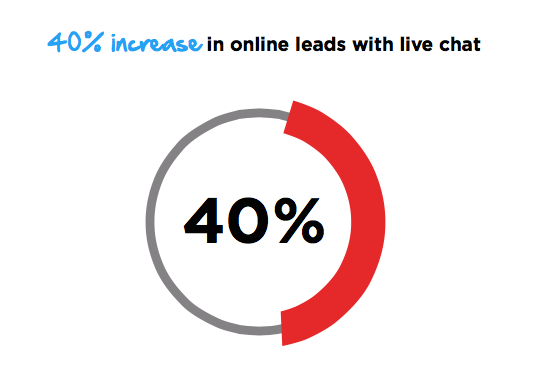
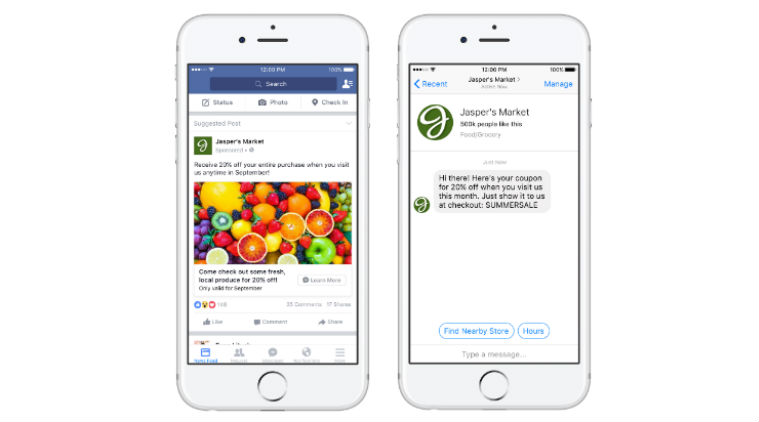
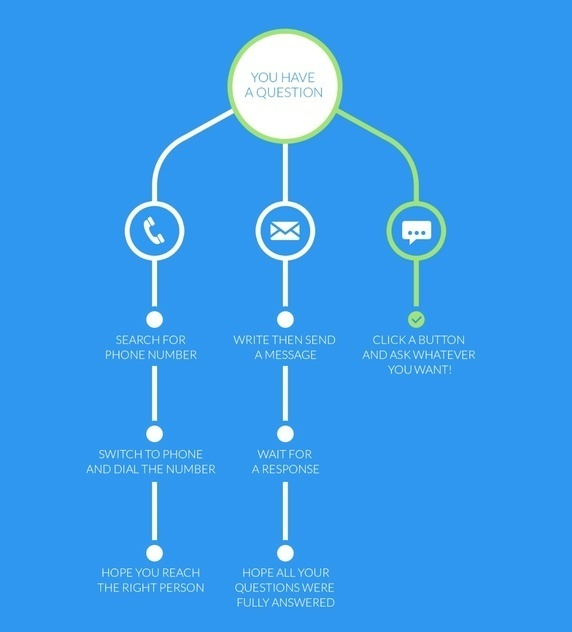
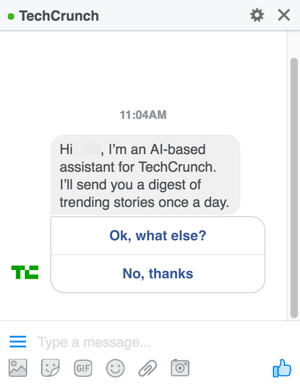

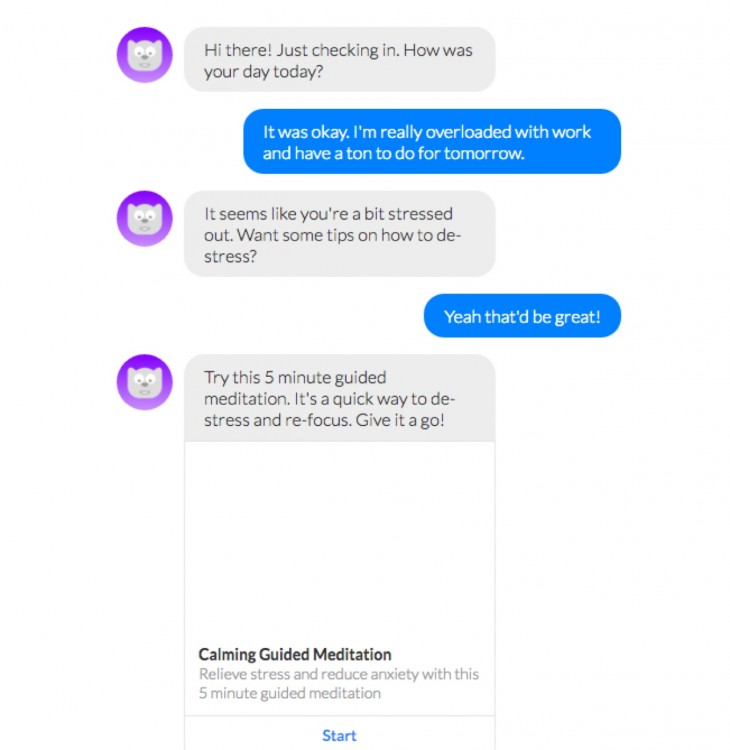

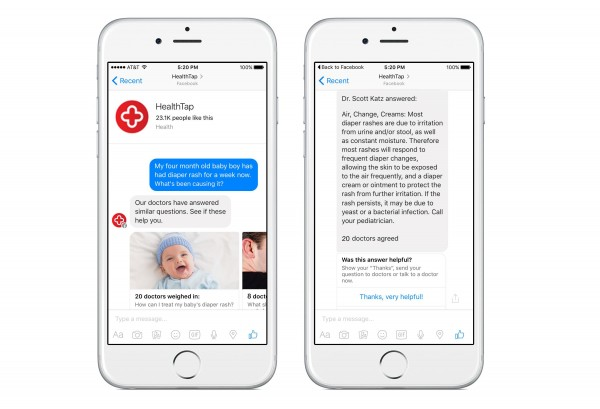
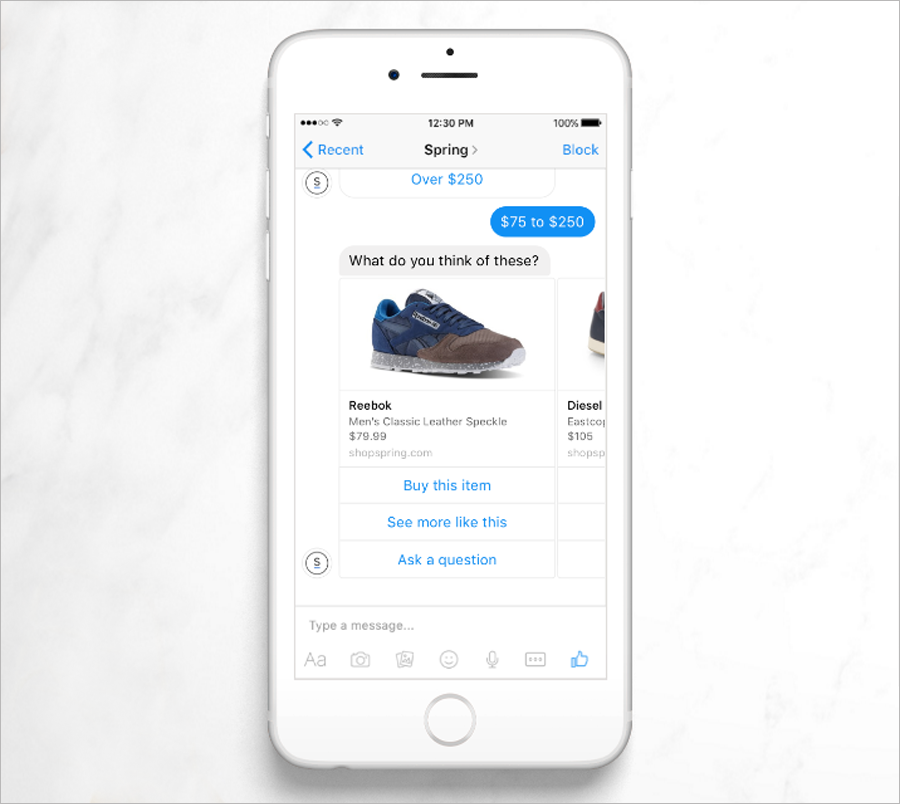
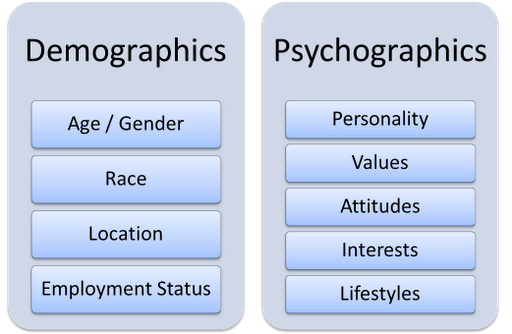
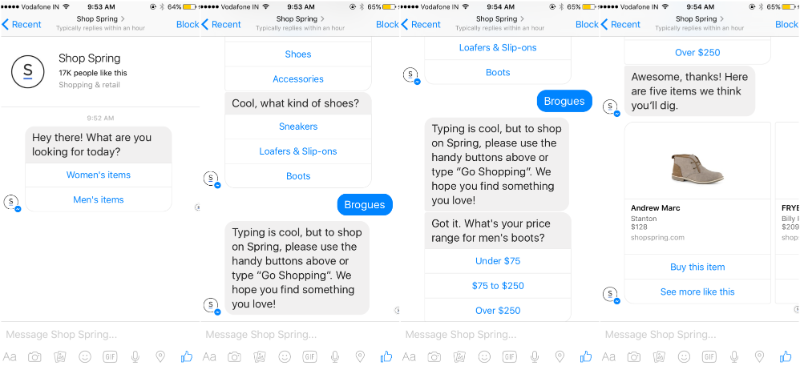
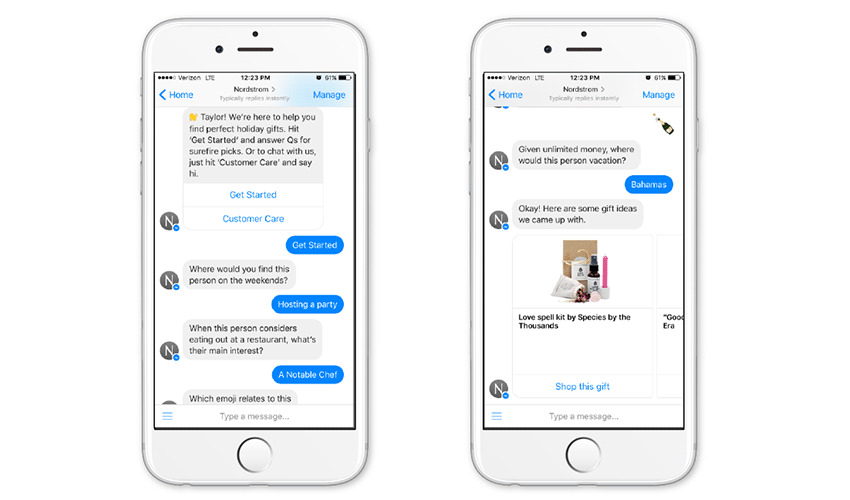
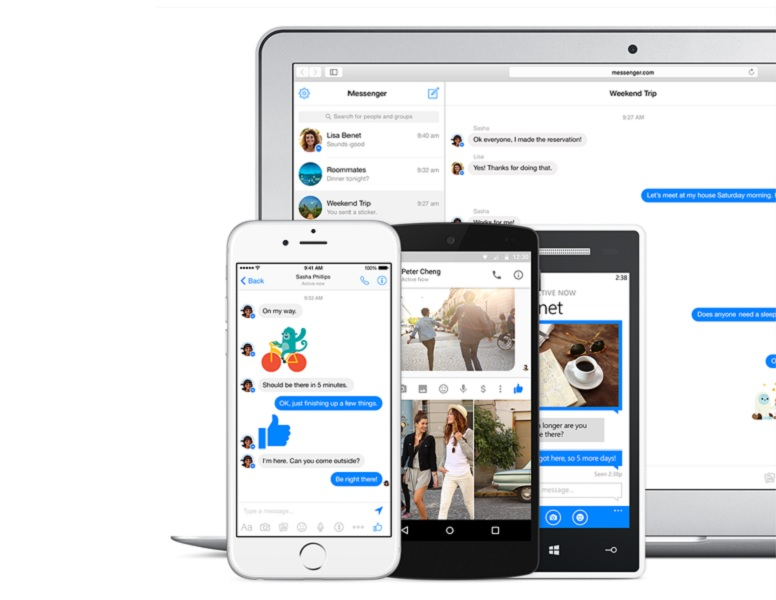
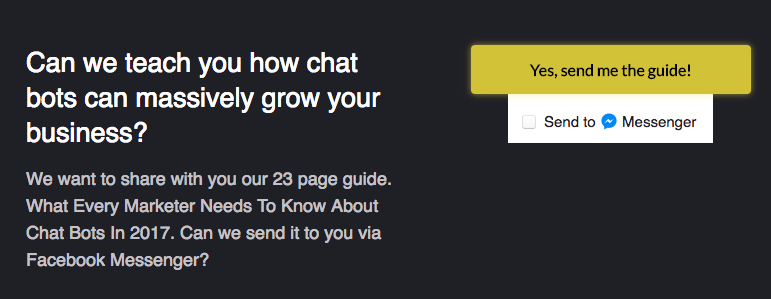
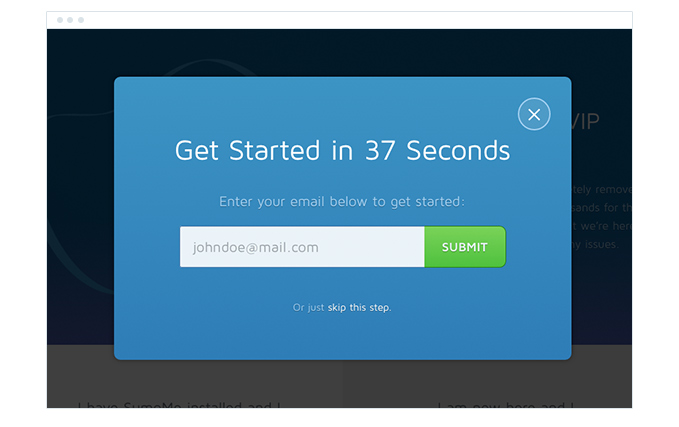
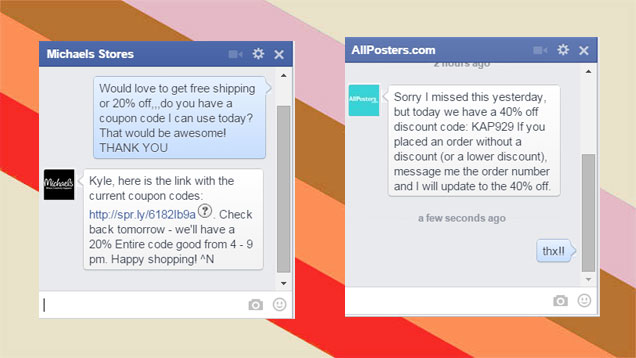
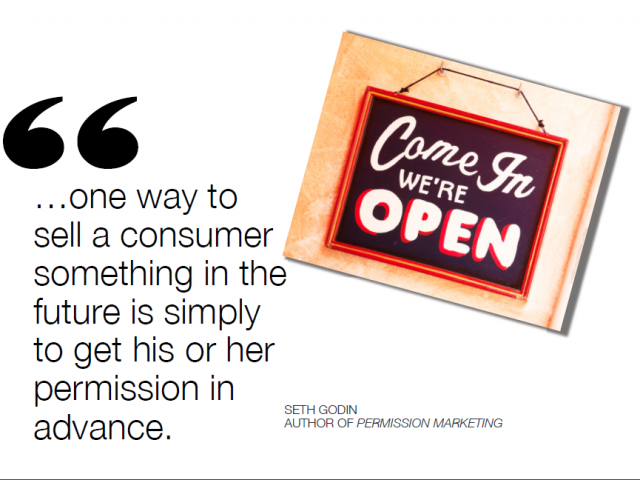
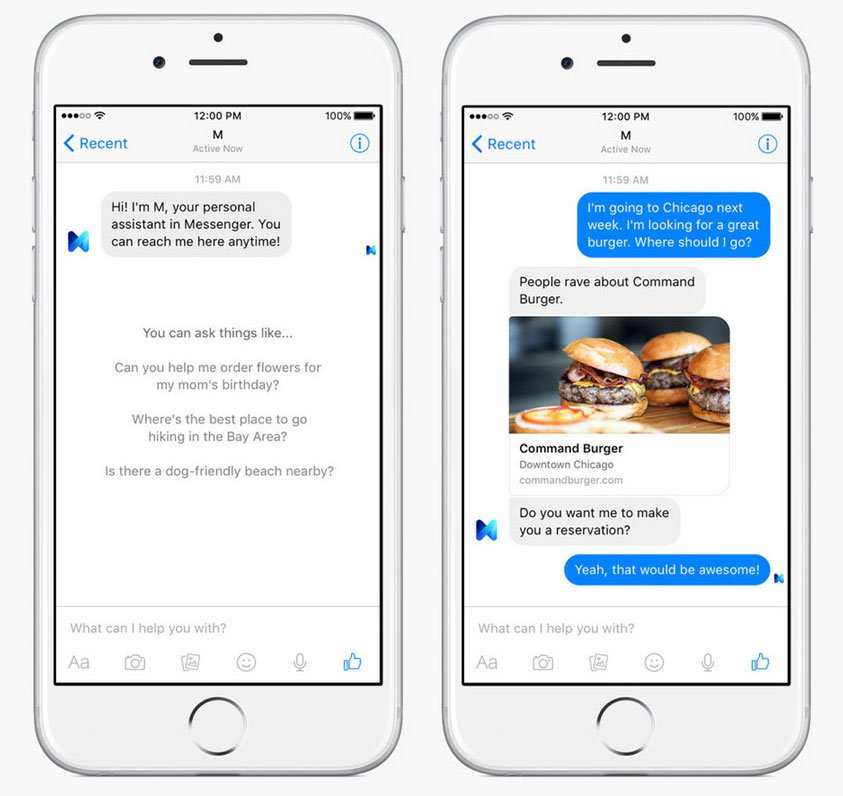

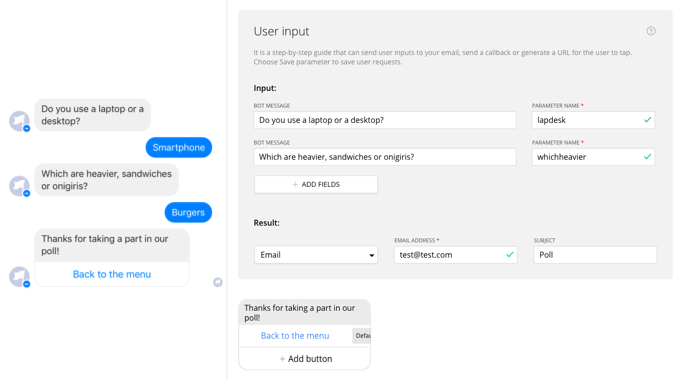
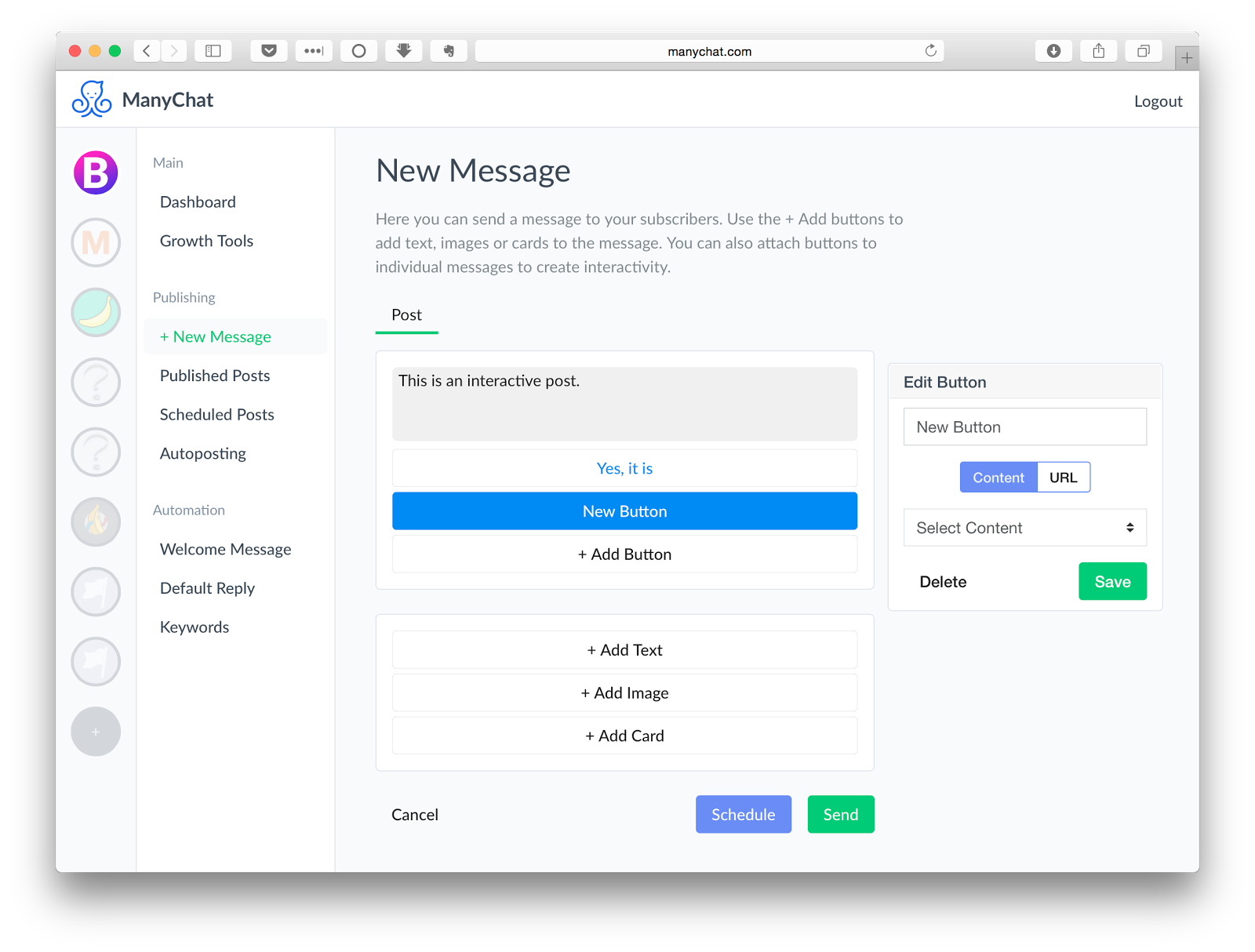
Comments (36)